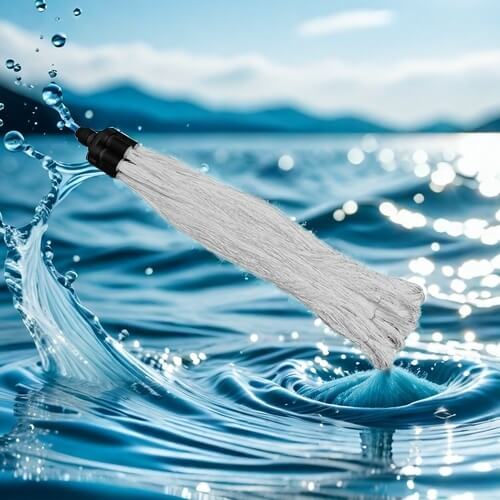Treatment of electroplating wastewater
Through the analysis of different treatment processes, this article aims to provide reference for the effective treatment of electroplating wastewater, while emphasizing the importance of technological innovation and policy support in wastewater treatment.
Reasons for the generation of electroplating wastewater
Electroplating wastewater mainly comes from the production process of the electroplating industry. During the electroplating process, metal ions are deposited on the surface of the substrate by electrolysis, but a large amount of wastewater is also generated during this process. These wastewater not only contain metal ions, but may also contain acids, bases, and other chemical substances, forming a complex pollution system.
There are various types of raw materials and additives for electroplating, and different electroplating processes can also lead to differences in the composition of wastewater. For example, the composition of wastewater generated by processes such as chrome plating, nickel plating, and copper plating varies, resulting in different treatment difficulties and methods.
With the rapid development of the electroplating industry, the production scale continues to expand, and the amount of wastewater discharge also increases accordingly. This makes the treatment of electroplating wastewater an important task for environmental protection.
Composition of electroplating wastewater
The composition of electroplating wastewater is complex, mainly including heavy metal ions, organic matter, and other chemical substances. Heavy metal ions such as nickel, chromium, copper, etc. are the main pollutants in electroplating wastewater. These metal ions are difficult to degrade in the environment and have strong toxicity.
The chemical agents used in the electroplating process will also enter the wastewater. These agents may be surfactants, acidic or alkaline solutions, which not only pollute water bodies but may also affect the survival of aquatic organisms.

Organic matter is also an important component in electroplating wastewater, especially some additives and cleaning agents. The accumulation of these organic compounds can lead to eutrophication of water bodies, further deteriorating water quality.
The treatment process of electroplating wastewater
The treatment process of electroplating wastewater mainly includes three methods: physical, chemical, and biological treatment. Physical treatment methods such as precipitation and filtration are suitable for removing suspended solids and particulate matter from wastewater, but their effectiveness in removing soluble pollutants is limited.
Chemical treatment methods remove pollutants by adding chemicals to precipitate heavy metal ions or through redox reactions. This method is usually more efficient, but it may cause secondary pollution and should be used with caution.
Biological treatment methods utilize the metabolic processes of microorganisms to remove organic matter from water, making them suitable for treating wastewater containing high concentrations of organic matter. The efficiency of biological treatment is greatly affected by environmental factors and requires strict control.
Selection of Electroplating Wastewater Treatment Technologies
Choosing the appropriate electroplating wastewater treatment technology requires comprehensive consideration of multiple factors, including the composition of the wastewater, treatment objectives, economy, and environmental impact. The differences in the composition of wastewater generated by different electroplating processes make the selection of treatment technologies targeted.
For example, for wastewater containing high concentrations of heavy metals, chemical precipitation or electrolysis methods are often used for treatment, while for wastewater with high organic content, biological treatment or advanced oxidation technology can be chosen.
The selection of technology also needs to consider the investment and operating costs of equipment. Although efficient processing technology requires a large initial investment, it can reduce operating costs in the long run and have better economic benefits.
Environmental impact of electroplating wastewater treatment
The impact of electroplating wastewater discharge on the environment cannot be ignored. Untreated wastewater discharged directly into water bodies can lead to deterioration of water quality, affect the survival of aquatic organisms, and also threaten human drinking water safety.
The accumulation of heavy metals not only causes damage to aquatic ecology, but may also affect human health through the food chain. Long term exposure to these pollutants may lead to heavy metal poisoning and even serious health problems such as cancer.
Strengthening the treatment of electroplating wastewater is not only necessary for environmental protection, but also an important measure to ensure public health. Effective sewage treatment can reduce the discharge of pollutants, improve water quality, and promote ecological balance.
The future development trend of electroplating wastewater treatment
With the increasing awareness of environmental protection and technological progress, the treatment of electroplating wastewater will develop towards a more efficient and environmentally friendly direction. Future treatment technologies will place greater emphasis on resource recycling and reuse, achieving the goal of “zero discharge” of wastewater.
The treatment of electroplating wastewater involves multiple aspects, including its causes, composition, treatment process, technology selection, environmental impact, and future development trends. Effective sewage treatment not only protects the environment, but also ensures public health.
